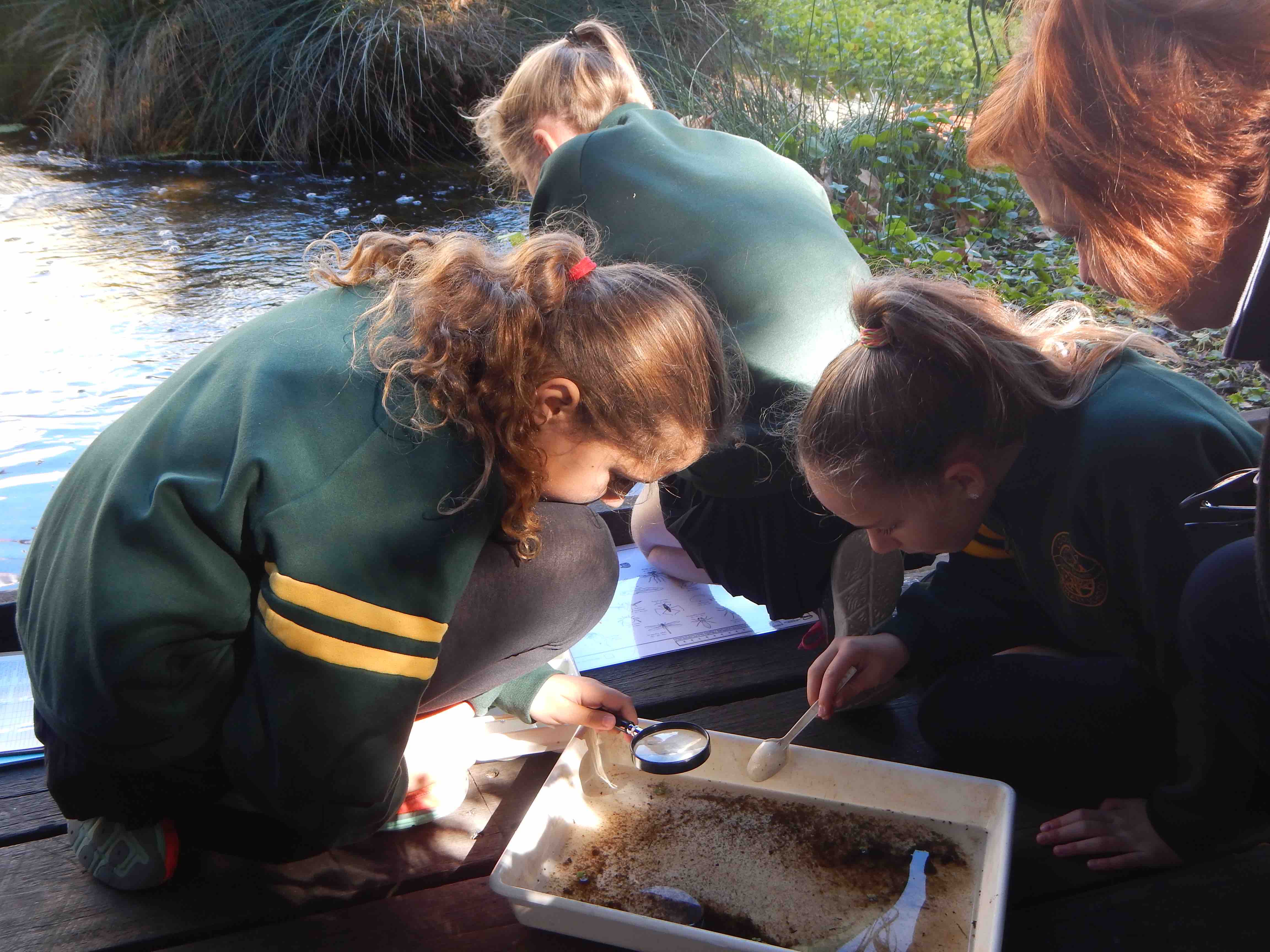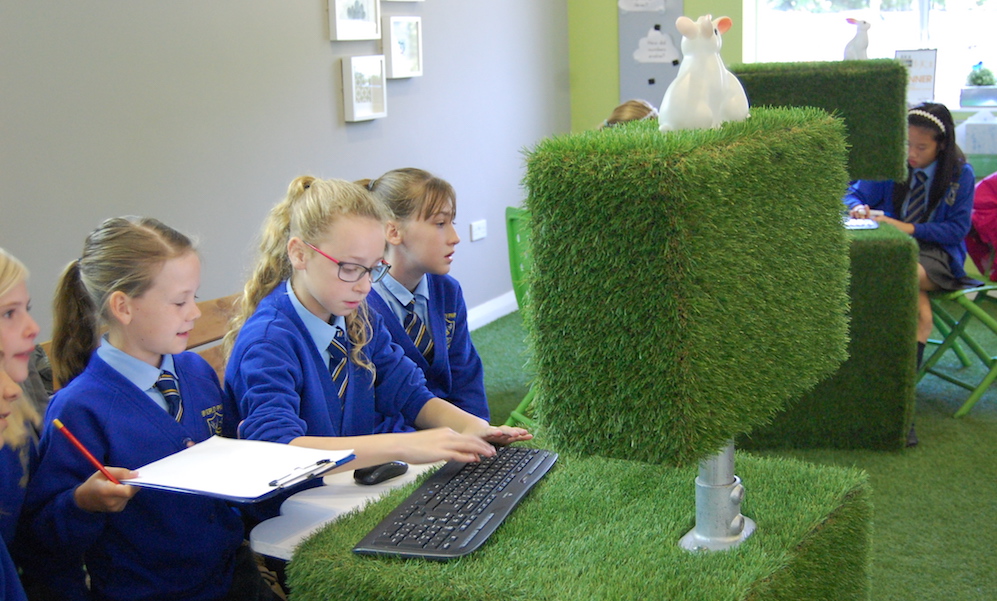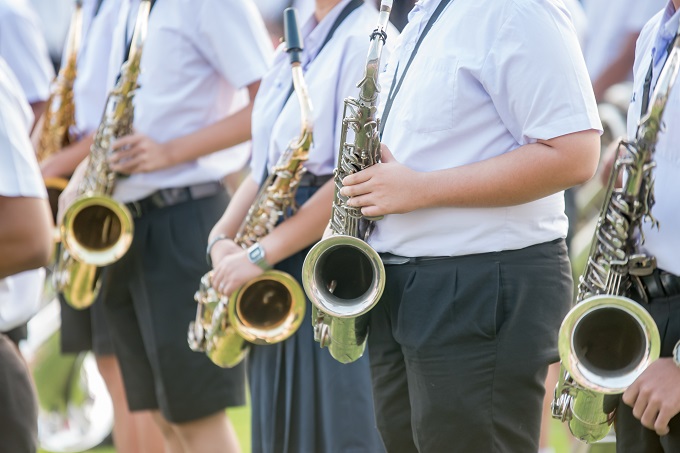Gonski revisited: new funding model to follow

The federal government will introduce a new version of federal school funding following the completion of “Gonski 2.0”, in what appears to be the Gonski education review ‘take two’.
A government release said the Turnbull version of needs-based school funding will include an increase in investment “as part of a new initiative that will give Australian students the quality education they deserve”.
The release indicated a commitment of an additional $18.6 billion for Australia’s schools over the next decade, starting from 2018.
“It will be distributed according to a model of fair, needs-based and transparent funding. This investment will be tied to school reforms which are proven to boost student results,” the document detailed.
Commonwealth funding for Australian schools will grow from $17.5 billion in 2017 to $30.6 billion in 2027: “This includes more than $2.2 billion in new funding over the first four years to be included in this year’s budget following on from an additional $1.2 billion in last year’s budget.”
The message from the government is that funding is important but how it is used is more important.
A fact that will please many, David Gonski AC has agreed to lead the new inquiry into improving the results of Australian students.
The project, named, The Review to Achieve Educational Excellence in Australian Schools will provide advice on how this extra Commonwealth funding should be used by Australian schools to improve student achievement and school performance.
[pro_ad_display_adzone id=”5852″ align=”left” padding=”3″]Mr Gonski will be joined by Dr Ken Boston AO, who was also a member of the original Gonski review.
The review will make recommendations on the most effective teaching and learning strategies to reverse declining results, and seek to raise the performance of schools and students.
Mr Gonski will provide his final report to the Government no later than December 2017, ahead of the negotiation of new school reform agreements with states and territories in the first half of 2018.
The government release indicated that the “27 special deals with states and territories, unions and non-government school leaders” instigated by the previous Labor government will be terminated: “Our changes will ensure all schools and states transition to an equal Commonwealth share of the resource standard in a decade.”
Also announced is an intention to foot the bill for 20 percent of the resource standard for non-government schools and 80 per cent for non-government schools, but not everyone is convinced.
The message from the federal government is that they intend to “continue their traditional role as the majority funder of non-government schools”, but will this will increase its share of funding for government schools.
David Gonski was heard on ABC News saying he was pleased the Turnbull government had accepted the fundamental basis of the 2011 report, especially the importance of needs-based application of funds.
Tanya Plibersek spoke for Labor, and termed the government’s announcement as an “act of political bastardry”, pointing out that considerable funding had still been withdrawn ahead of the completion of “Gonski 2.0” and the allocation of funding that would eventually follow.
The prime minister maintains that his new funding model will make funding more equitable. Commentators expect that the battles raging between states and the federal government will last at least until the COAG meeting in June and won’t be quelled by the current announcement.
The government has released the ‘pledge’ below.
We will correct the inequities and inconsistencies in the current schools funding model by:
- Ensuring students with the same need within the same sector attract the same support from the Commonwealth Government regardless of where they live.
- Transitioning all schools to an equitable Commonwealth share of the Schooling Resource Standard by increasing federal funding on average over the next decade to government schools by 94.1 percent or $6.4 billion and to non-government schools by 62.2 percent or $6.7 billion.
- Introducing funding fairness. We expect 24 schools in the nation’s highest socio-economic areas will receive a small reduction in per-student funding in 2018.
- For the first time using the Nationally Consistent Collection of Data for Commonwealth funding decisions on students with a disability. This will ensure that need drives funding allocation, and end the different definitions of disability that exist between jurisdictions.
- From 2021, indexing the SRS at a rate that reflects real cost growth into the future.
- The Turnbull Government’s Quality Schools reforms will set current and future generations up for the future, and deliver fair, needs-based funding for all Australian students.
Full details of the reform package are available at: www.education.gov.au/qualityschools







